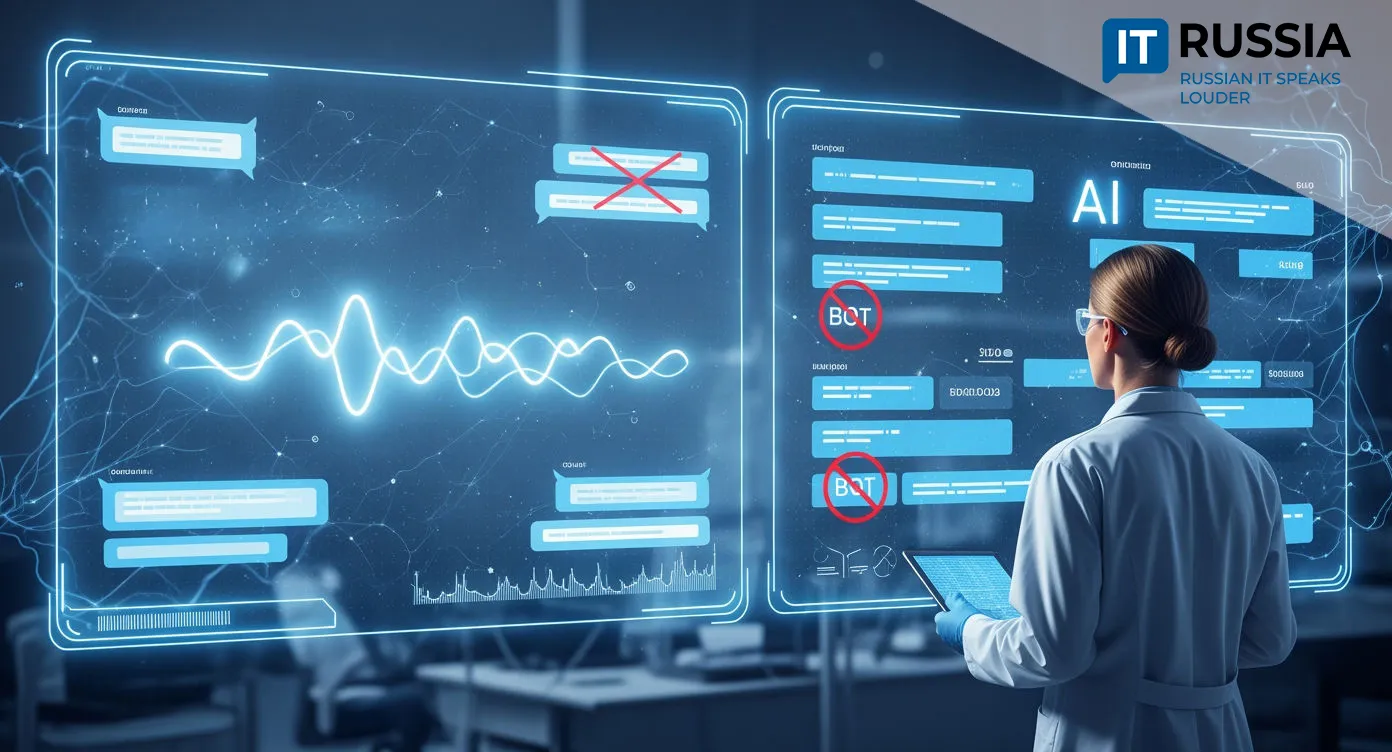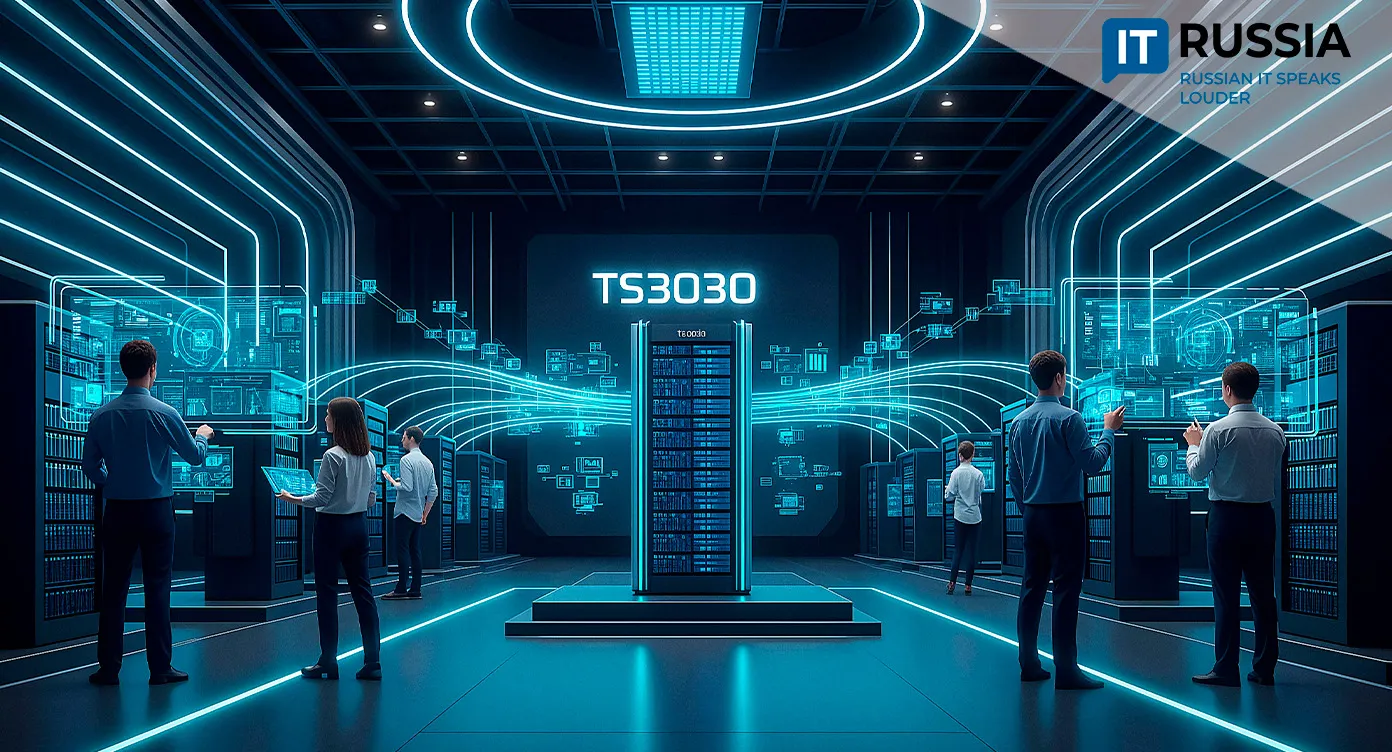Russian AI Helps Regulate Utility Tariffs
The Voronezh region in Russia is piloting artificial intelligence to streamline tariff regulation. The experiment is showing measurable efficiency gains and may soon expand nationwide, offering a model of how data-driven governance can enhance public services.

Voronezh Case: Everyone Wins
Sergey Trukhachev, acting governor of the Voronezh region, recently held a meeting on the use of AI in government. The regional Ministry of Tariff Regulation already applies AI tools to monitor prices for vehicle inspections and to issue duplicate diagnostic cards. A dedicated chatbot for tariff regulation is operating on Telegram. Two of the ministry’s projects—one focused on disclosure control, another on monitoring fees for technological connections—reached the finals of an interuniversity AI hackathon, and the agency is preparing an application for the “AI Leaders” award.
The gains are tangible. Monthly price monitoring, once requiring five hours of manual work, now takes just 1.5 hours with AI analysis. In the electricity tariff department, a chatbot accelerated processes up to 25 times. The scope is broad: every year, the ministry sets about 30 types of tariffs for 300 organizations. In 2024 alone, it issued 1,318 tariff decisions and 898 official orders. Both businesses and residents benefit: calculations and accuracy checks are faster, red tape on applications is reduced, and regulatory decisions are more predictable and transparent.
This regional case, combining time savings and higher transparency, has emerged as a template for replication in other Russian regions, fitting into the federal strategy of embedding AI into public administration.

AI Experiments Across Russia
While Voronezh is leading, the region plans to apply AI across more regulated services and agencies. The local Ministry of Digital Development is already monitoring AI projects in healthcare, transportation, and industry.
At the national level, Russia’s Ministry of Digital Development is preparing a pilot to use generative AI in public administration. Such initiatives open pathways to scaling regional experiments into federal pilots. Events like the “Digital Land-2025” forum and an AI hackathon based on the GigaChat platform are producing applied solutions and drawing specialists to address real-world government needs.
Though the tools are tailored to Russian regulatory frameworks, the concept—an AI chatbot as an information hub plus monitoring algorithms—could be applied in other countries within the EAEU and CIS, where similar regulatory practices exist. Analysts confirm the growing trend of AI adoption, strengthening the project’s prospects for international rollout.

Step-by-Step Implementation
AI in tariff regulation did not emerge overnight. On July 28, Russia’s Ministry of Digital Development launched an experiment with generative AI in government, with voluntary pilots at federal and regional levels. On September 11, the Russian government integrated AI into national project and program management, assigning AI to analyze indicator correlations, while leaving final decisions to human officials.
The “Digital Land-2025” forum and the AI hackathon on September 25–26 brought together 12 teams working on GenAI assistants for government agencies. Regional ministries, including Voronezh’s tariff regulator, presented their challenges, underscoring the importance of these experiments. On September 30, local media reported that AI was already in use for tariff regulation, complete with concrete performance metrics and plans for AI assistants.
New Approach, New Risks
Voronezh’s experience highlights AI’s benefits: time savings, reduced workloads for staff, and the creation of a unified knowledge base via chatbot. Moving these initiatives into federal pilot status, while standardizing practices and quality metrics, now looks likely.

In the coming year, AI tools are expected to expand into other regional agencies, connect to federal pilots, develop “human-in-the-loop” frameworks, and create interagency systems for sharing computing resources and models. At the same time, risks must be managed: data quality and standards must be ensured, legal frameworks established, cybersecurity guaranteed, and workforce shortages addressed.










































